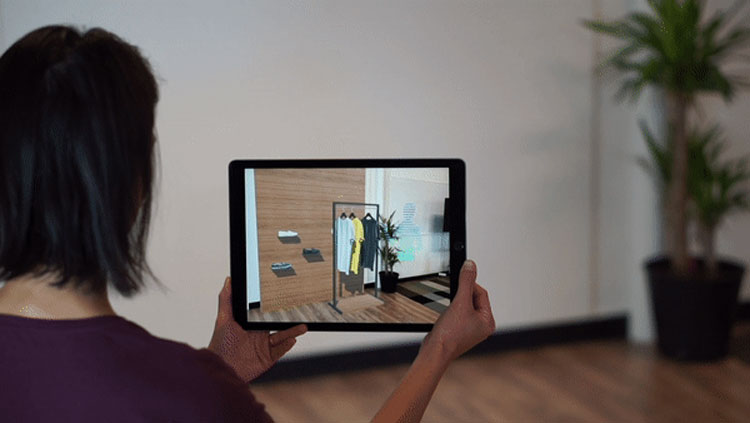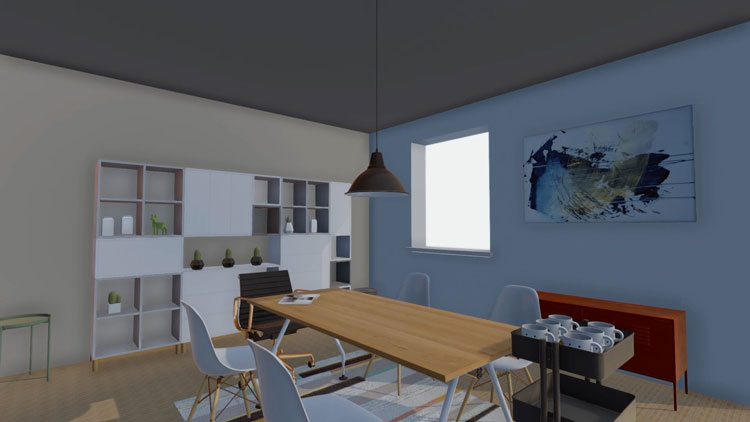Platform lets designers create collaboratively
The Wild lets users design spaces and share their vision “in real time”, which the company claims can help bridge the gap between ideas and reality.
A new platform allowing designers to work collaboratively using augmented or virtual reality has been launched.
The Wild, a cloud-based system, allows people to create designs together and share their ideas, visions and “immersive experiences” in “real-time”, in a bid to help bridge the gap between ideas and reality, according to the company.
The service is aimed at “spatial design” professionals, which includes those who work on interiors, retail, landscape and service design, as well as architects.
Gabe Paez, The Wild CEO, says: “Virtual reality, augmented reality, and mixed reality all have value for different use cases on a single project.”
“We want to enable a designer to augment an idea into the physical world over time.
“The Wild puts that control into the hands of every user by allowing them to peer into a space with anything from a VR headset to an iPad or a laptop.”
A VR headset, including HTC Vive, Oculus Rift, and Windows mixed reality, is needed to create and edit content in The Wild through a desktop app, but not to simply view it.
The company recommends that designers use VR headgear for “the most immersive way of interacting with content.”
Users without a VR headset can view content and communicate with others using various devices, such as a computer or an iOS app, with up to eight people looking at the same project at once.
Inside the app, collaborators can access “spaces”, which The Wild describes as “virtual real estate”.
Here, designers can create architectural sketches using an inbuilt tool called Massit directly in the app, or import models and images from external sources.
“Massit makes it possible for a design team to make sweeping conceptual changes to a design together and experience how those changes feel immediately,” The Wild says.
Five proprietary tools exist in total within the programme.
Files reside in The Cloud, meaning they can be accessed anywhere, which the company claims can save time spent on sending files back and forth.
Ref: www.designweek.co.uk


